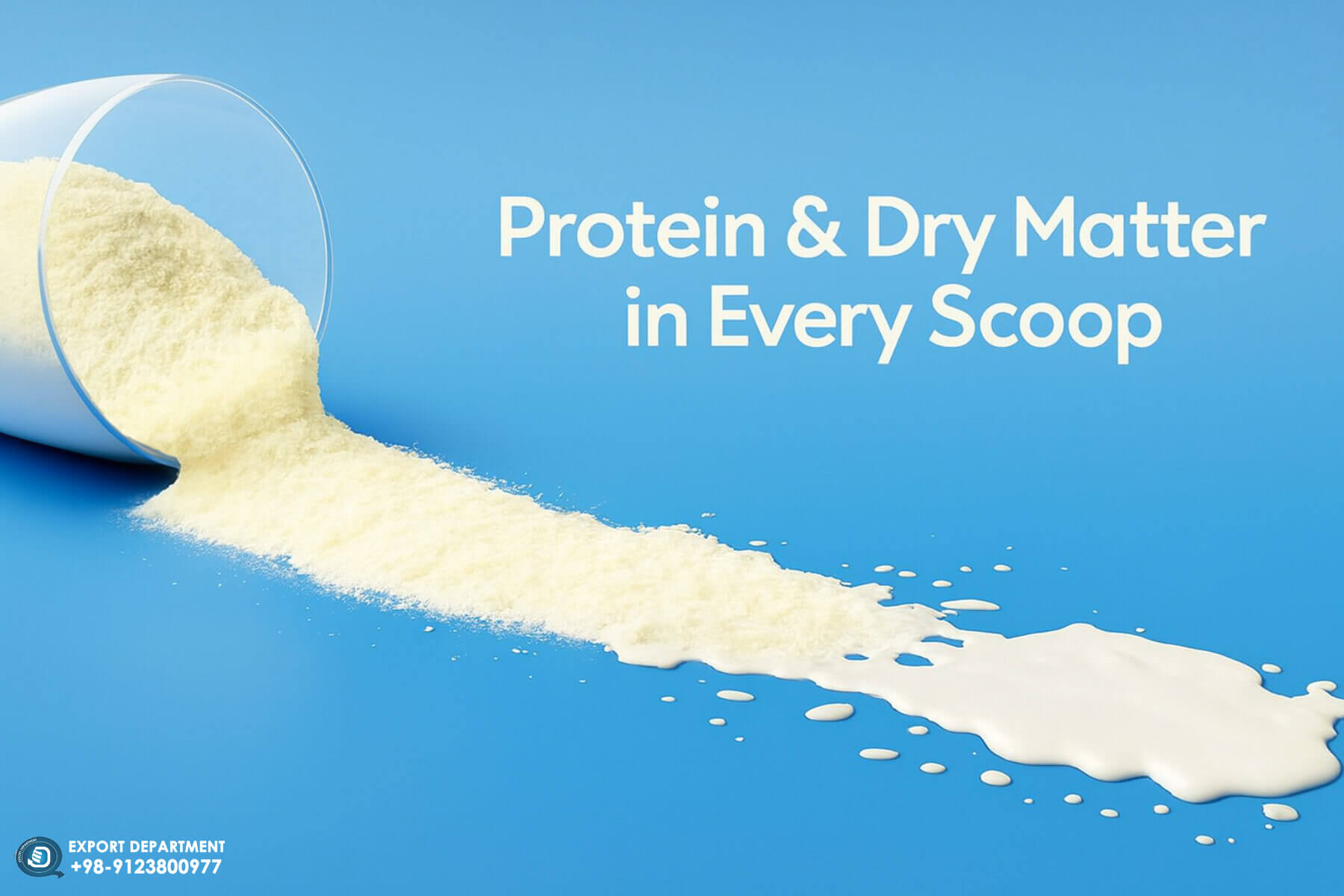Understanding the pH of Milk: A Crucial Element in Dairy Quality
This article explores the crucial relationship between milk and pH acidity, shedding light on the properties and quality of this dietary staple.
This blog explores the crucial relationship between milk and pH acidity, shedding light on the properties and quality of this dietary staple. The pH scale serves as a guide, indicating whether milk is slightly acidic or neutral. While some consider milk neutral, its lactic acid content renders it slightly acidic. The pH levels, ranging from 6.4 to 6.8, evolve over time, influenced by factors like lactose fermentation and bacterial processes.
Introduction: The Significance of pH in Milk
The interplay between milk and pH acidity is pivotal for comprehending the properties and quality of this essential dairy product. The pH scale, ranging from 0 to 14, measures acidity or alkalinity, with 7 denoting neutrality, values below 7 indicating acidity, and those above 7 representing alkalinity.
Determining Milk's Acidity
The acidity of milk, leaning slightly towards neutral pH, is a subject of interest. While some sources label milk as neutral due to its proximity to a pH of 7.0, it contains lactic acid, a hydrogen or proton donor. Litmus paper tests reveal a response ranging from neutral to slightly acidic.
The pH of cow's milk typically ranges from 6.4 to 6.8, with freshly obtained milk falling between 6.5 and 6.7. Over time, milk turns more acidic as it sours, a process driven by lactic acid bacteria fermenting lactose (milk sugar). Colostrum, present in the first milk produced by a cow, lowers pH, whereas milk from cows with mastitis tends to be more basic. Notably, whole, evaporated milk is slightly more acidic than regular whole or skim milk.
Factors Influencing Milk pH
The specific pH of milk varies due to factors such as milk type, cow diet, production time, processing, packaging duration, and processing methods. Milk pH is also influenced by the species of the producing animal. While composition varies, colostrum consistently results in lower pH, and mastitic milk tends to be more basic.
In summary, milk from mammalian species other than cattle maintains a comparable slightly acidic pH. pH changes slightly based on milk type (skim, whole, or evaporated), with colostrum being more acidic than regular milk (less than 6.5 for cow's milk).
Monitoring Milk pH: Essential for Quality Control
Monitoring milk pH is critical for various reasons, particularly in quality control within the dairy industry. pH changes can signal spoilage or contamination, impacting taste, texture, and safety. A decrease in pH may indicate increased acidity, potentially due to bacterial fermentation or other spoilage processes. Maintaining the proper pH is essential for preserving the freshness and safety of milk products.
Other compounds in milk act as buffering agents, bringing their pH closer to neutral when mixed with other chemicals.
The pH of Milk Changes
As milk sours, its acidity increases. Harmless Lactobacillus bacteria utilize lactose in milk as an energy source, combining with oxygen to produce lactic acid, which imparts a sour taste.
Conclusion: The Dynamic Nature of Milk pH
In summary, the pH of milk, while typically near neutrality, undergoes variations influenced by factors such as type, processing, and storage. Monitoring milk pH is indispensable for ensuring the quality and safety of dairy products. Understanding the dynamic pH levels of milk contributes to overall comprehension of its properties, aiding in maintaining industry standards.
Read More: What makes butter turn yellow?
Read More: What is SNF in Milk? A Guide to Measuring Solids-Not-Fat
To contact the Chaltafarm Dairy Export Department, please refer to the Contact Us section.



.jpg)


.jpg)